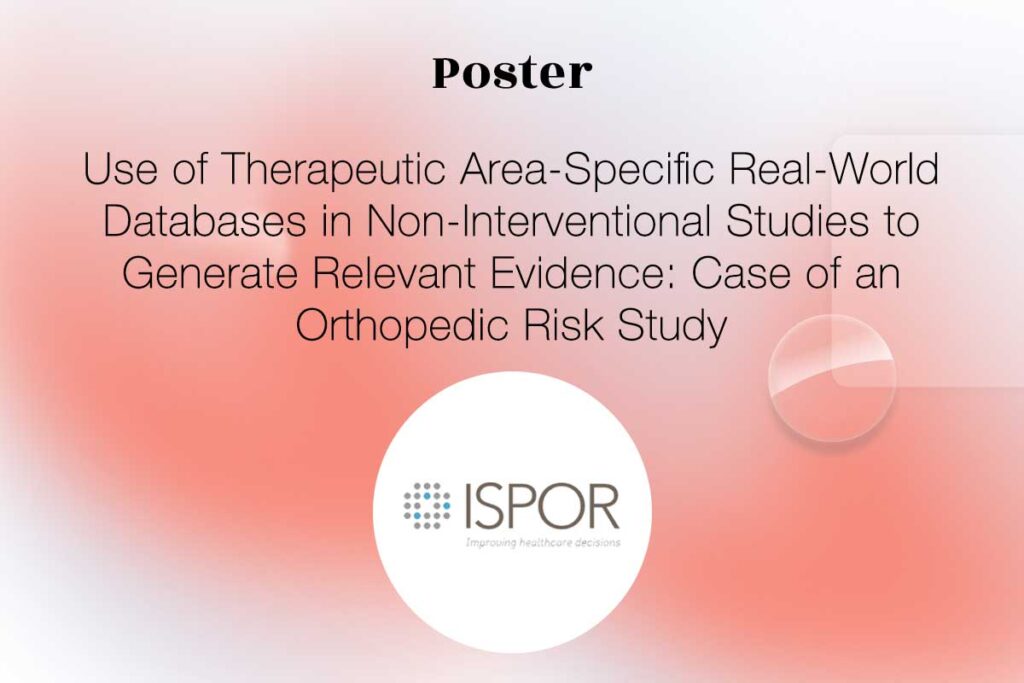Publisher: Taylor & Francis Online
Authors: C. Daluwatte, M. Dvaretskaya, S. Ekhtiari, P. Hayat, M. Montmerle, S. Mathur, D. Macina
Date: 12 May 2023
Abstract
Background
While tetanus-diphtheria-acellular pertussis (Tdap) vaccines for adolescents and adults were licensed in 2005 and immunization strategies proposed, the burden of pertussis in this population remains under-recognized mainly due to atypical disease presentation, undermining efforts to optimize protection through vaccination.
Patients and methods
We developed a machine learning algorithm to identify undiagnosed/misdiagnosed pertussis episodes in patients diagnosed with acute respiratory disease (ARD) using signs, diseases and symptoms from clinician notes and demographic information within electronic health-care records (Optum Humedica repository [2007–2019]). We used two patient cohorts aged ≥11 years to develop the model: a positive pertussis cohort (4,515 episodes in 4,316 patients) and a negative pertussis (ARD) cohort (4,573,445 episodes and patients), defined using ICD 9/10 codes. To improve contrast between positive pertussis and negative pertussis (ARD) episodes, only episodes with ≥7 symptoms were selected. LightGBM was used as the machine learning model for pertussis episode identification.
Results
Model validity was determined using laboratory-confirmed pertussis positive and negative cohorts. Model explainability was obtained using the Shapley additive explanations method. The predictive performance was as follows: area under the precision–recall curve, 0.24 (SD, 7 × 10−3); recall, 0.72 (SD, 4 × 10−3); precision, 0.012 (SD, 1 × 10−3); and specificity, 0.94 (SD, 7 × 10−3). The model applied to laboratory-confirmed positive and negative pertussis episodes had a specificity of 0.846. Predictive probability for pertussis increased with presence of whooping cough, whoop, and post-tussive vomiting in clinician notes, but decreased with gastrointestinal bleeding, sepsis, pulmonary symptoms, and fever.
Conclusion
In conclusion, machine learning can help identify pertussis episodes among those diagnosed with ARD.








